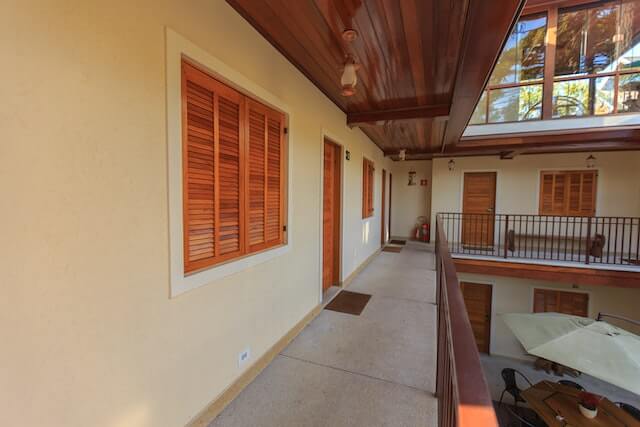Rental arbitrage is a term that refers to the practice of finding a rental property that is priced below market value, renting it out, and earning a profit by charging a higher rent to tenants. Rental arbitrage has become increasingly popular in recent years. However, both landlords and tenants need to understand what it entails and the potential risks involved.
Understanding Rental Arbitrage
Rental arbitrage involves renting out multiple rooms in a property under a long-term lease agreement of 12 to 15 months. The purpose is to sublet these rooms as vacation or short-term rentals. This strategy allows tenants to earn extra income while still utilizing unoccupied rooms. This also allows them venture into the world of vacation property investment.
The profits from rental arbitrage come from the difference between the rent charged to tenants and the amount paid for the rental property. In some cases, the profit can be substantial, especially if the rental property is in a high-demand area.

For example, if a tenant pays $1,800 in monthly rent, they can rent out one room for $170 per day. By hosting a guest for a week, the tenant can earn a profit of $1,190. The money can be used to offset their rent or other expenses.
Rental Arbitrage vs Subletting: What’s the Difference?
Although rental arbitrage and subletting may seem similar, there are some crucial distinctions between the two. When a tenant sublets a room, the rental period is usually one to three months, depending on their individual needs. However, in rental arbitrage, the tenant allows guests to rent a room for a shorter period. This ranges from a few days to several weeks.
It is essential to be aware of local landlord-tenant laws regarding subletting and short-term rentals. These may vary from state to state. To ensure compliance, it is crucial to familiarize yourself with the relevant laws in your area.
Benefits of Rental Arbitrage
One of the main benefits of rental arbitrage is the potential for higher profits. If a property is located in a high-demand area, such as a popular tourist destination, the rent can be increased substantially when subletting to short-term renters. The profit margin can be significant, especially if the property is fully booked throughout the year.
Another advantage of rental arbitrage is that it allows landlords to earn passive income without having to manage the property themselves. The subleasee takes care of all the day-to-day management of the property. This includes cleaning, maintenance, and guest communication. It would leave the landlord with a steady stream of income without any of the headaches of full-time landlordship.

Drawbacks of Rental Arbitrage
While rental arbitrage can be a lucrative investment, there are also several risks and drawbacks to consider.
Firstly, there may be legal issues to consider. Depending on the laws in the city or state where the property is located, subleasing may be illegal or require specific permits or licenses. Some landlords may also have clauses in their lease agreements that prohibit subleasing. It’s essential to thoroughly research the legal implications of rental arbitrage before proceeding with the investment.
Another potential drawback of rental arbitrage is that it can be challenging to find a profitable property. The property must have a low enough rent to allow for a profitable sublease. Along with that, it must also be located in an area with high demand for short-term rentals. In addition, the property must be in good condition and be furnished appropriately for guests. Finding the right property can take time, effort, and significant research.
Lastly, rental arbitrage may not be a stable investment, especially in areas with fluctuating demand or unstable economic conditions. The tourism industry, for example, is prone to sudden drops in demand. It can be affected by factors like pandemics, terrorist attacks, and natural disasters. As such, the profits generated from rental arbitrage may not be consistent or predictable.
How to Get Started with Rental Arbitrage
If you’re a landlord interested in rental arbitrage, there are several steps you can take to get started.
Research the Legalities
Before beginning the investment process, research the legalities of subleasing in your city and state. Be sure to comply with all relevant laws and regulations to avoid any legal issues.
Find a Profitable Property
Research the local real estate market to find a property that has low monthly rent and high potential for short-term rental demand. Consider the property’s location, condition, and amenities to determine if it will be profitable.

Furnish the Property
To attract short-term renters, the property must be fully furnished and equipped with all necessary amenities. Invest in high-quality.
Once you’re ready to accept tenants, go ahead and publish a listing on Padleads. You would want to fill in the vacancy as quick as possible. You don’t want to pay rent without profit. With Padleads, you can syndicate your listing to other popular websites so more potential tenants could see it.